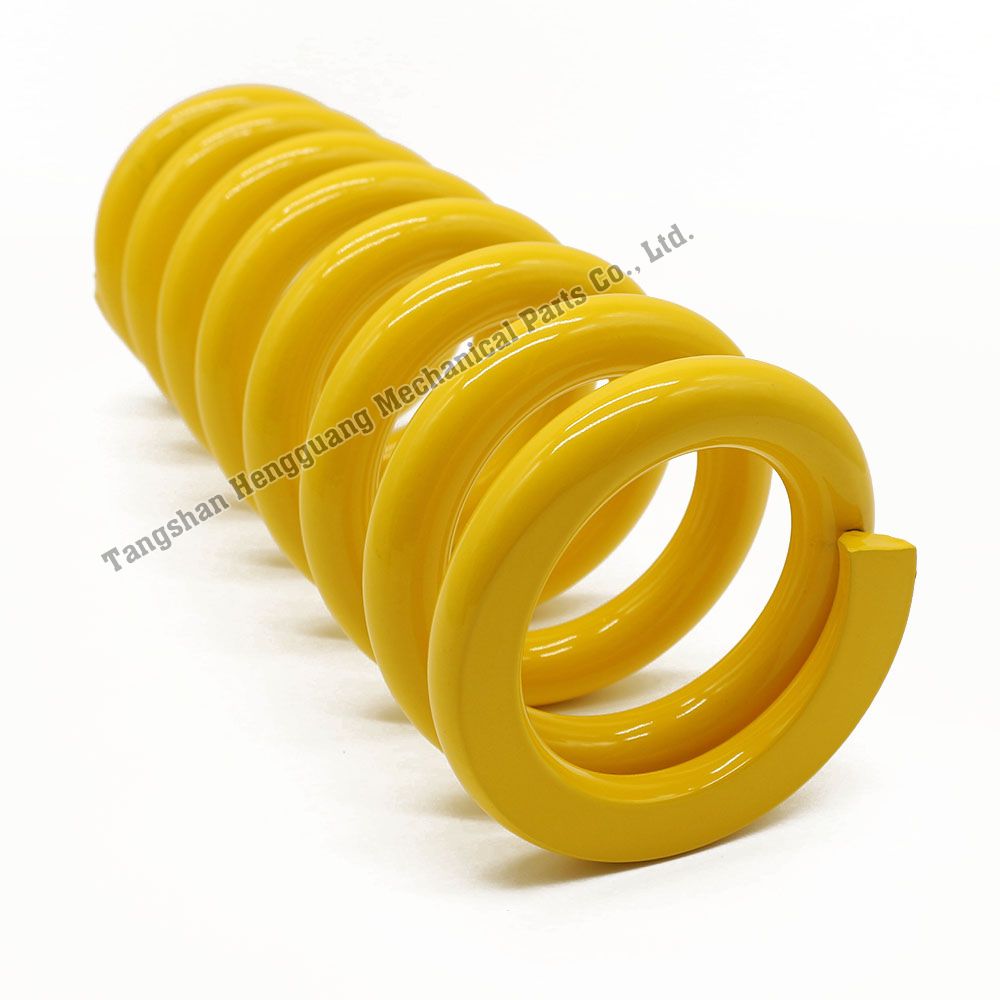Jul. 19, 2023
Automobiles & Motorcycles
Coil springs are vital components of a vehicle's suspension system, providing support, stability, and a smooth ride. Over time, however, coil springs can wear out or become damaged due to various factors. Recognizing the signs of bad coil springs is crucial for maintaining the safety and performance of your vehicle. In this article, we will explore the common signs and symptoms of worn or damaged coil springs, enabling you to identify potential issues and take appropriate measures to address them.
Uneven Vehicle Height: One of the primary indicators of bad Auto suspension coil springs is an uneven vehicle height. If one or more coil springs are worn or broken, the affected corner(s) of the vehicle may sag or appear lower than the others. This imbalance can negatively impact the vehicle's handling, stability, and overall aesthetic appearance.
Excessive Vehicle Bounce or Roll: Worn or damaged coil springs can lead to increased vehicle bounce or excessive body roll during cornering or uneven road surfaces. If you notice that your vehicle bounces excessively after hitting a bump or dips excessively during braking, it may indicate weakened or broken coil springs.
Bottoming Out or Harsh Ride: When Auto coil springs lose their ability to absorb impacts effectively, you may experience a "bottoming out" sensation, where the suspension compresses fully and makes contact with the bump stops. This can result in a harsh, jarring ride quality, as the springs are unable to provide the necessary cushioning.

Unusual Noise: Listen for any unusual noises coming from the suspension area. Worn or damaged coil springs can cause clunking, squeaking, or rattling sounds while driving over bumps or rough surfaces. These noises indicate that the springs are not functioning properly and may require attention.
Tire Wear Patterns: Pay attention to tire wear patterns. If the coil springs are not providing adequate support, it can lead to uneven tire wear. Look for signs of excessive wear on the inside or outside edges of the tires, which may suggest misalignment caused by compromised suspension components.
Visible Damage or Corrosion: Inspect the coil springs visually for any signs of visible damage or corrosion. Look for cracks, breaks, or missing sections in the springs. Corrosion can weaken the springs over time, compromising their structural integrity.
Vehicle Nose Diving or Rear Squatting: Worn or damaged front coil springs may cause the vehicle to "nose dive" excessively during braking, as the front suspension cannot properly absorb the weight transfer. Similarly, worn or damaged rear coil springs may result in the rear of the vehicle "squatting" excessively under acceleration or heavy loads.
Conclusion:
Detecting bad vehicle coil springs is crucial for maintaining the safety, comfort, and performance of your vehicle's suspension system. Uneven vehicle height, excessive bounce or roll, harsh ride quality, unusual noises, tire wear patterns, visible damage or corrosion, and abnormal vehicle behavior such as nose diving or rear squatting are all potential signs of worn or damaged coil springs. If you observe any of these symptoms, it is advisable to have your vehicle inspected by a qualified mechanic or suspension specialist. Prompt diagnosis and replacement of bad coil springs will help restore proper suspension function, ensure optimal vehicle handling, and promote a smooth and comfortable ride.
Previous: How a Radiator Works in a Truck
Next: MG Auto Parts: Ensuring Quality and Reliability for Your Vehicle
If you are interested in sending in a Guest Blogger Submission,welcome to write for us!
All Comments ( 0 )